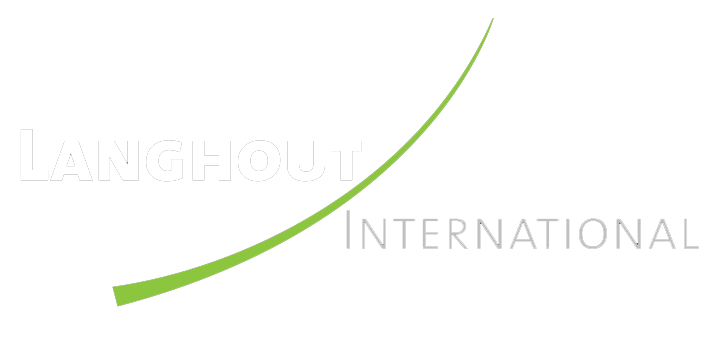This post is part of a 3 part series. Click to view Part 1 and Part 3.
Strategy can emerge from a gap analysis illustrating where you are currently, your mission, vs your vision of where you want to be. Strategies, goals and objectives can all be set once the mission and vision are identified and agreed upon, and those strategies must be in alignment with the mission, and the organizations overall vision. Its extremely important to identify a unifying strategy(s) and to gain buy – in from all stakeholders in the value chain, and that includes customers, suppliers, employees, bank, and board.
This is a delicate process. You can come in with a hammer and start firing people, and that will get the attention of the organization and will announce that you mean business. Perhaps some of that is needed and deserved, and if it is, make sure you get it out of the way as soon as you can early in your process. People will be watching to see who stays and who goes. Ideally the ones needing to go will self elect, understanding they don’t fit the new mold. You cannot work with people that want to fight you and remain stalwart holdouts, hanging on and defending the past, and remaining part of the problem. Believe me, there will be opposition to your efforts to set new strategic direction, with new objectives and turnaround tasks.
Since you were hired because the financial news is not good, auditing the work processes that are currently in place in each functional area might be a place to start looking for the problem. Are they well defined, and tied to the customer experience? Are they being trained and followed? Someone took the time to write them, but have they been embedded in the workplace? There are many corporate diagnostic templates available for evaluating manufacturing and operations, cost of sales, and other resources, such as the Rapid Plant Assessment Sheet and other tools created y R. Eugene Goodson, Ph.D. from the University of Michigan School of Business. These tools can help with your company diagnostic, discovery and control efforts.
The Structure of the organization will need to be evaluated, examined, and decisions made to modify, change radically, or save. This includes the entire organization chart. Sometimes it needs to be turned upside down, or sideways. Most often it needs to be at least trimmed. You will need to decide what sort of org structure you want, and that may depend upon input variables such as defining the customer experience, and building teams to support your idea of the ideal customer experience.
I have found it helpful to discover the core competency of the business and the people running it. What is it they do best? Once that one thing that is done the best can be discovered, it needs to be leveraged. Jim Collins in his 2001 book ‘Good to Great’ described the ‘Hedgehog Concept’, which says the company needs to focus on one thing, and do it well, better than anyone else.
Internal communication structures are also an important part of making this turnaround a success. People need to talk to each other face to face, and its your job to kickstart that process. Oftentimes we are so caught up in electronic forms of communication we lose sight of th importance of human interaction. At one company I work with, I noticed that team members were actively working on their laptops, receiving and sending email (not taking notes). This was disruptive to the meeting goals and slowed the agenda. The meetings were far less productive than planned, and as a result more meetings were needed to cover the agenda topics. That type of behavior reflects poorly on the CEO, and is counterproductive. In this case the CEO really was out of control. He soon stopped the behavior but not without a great deal of push-back. Changing behavior is hard.
Set up your systems so that electronic media can be used, but also encourage people to have informal in person meeting in lounge areas set up for this purpose. On a recent trip to Trek Bicycle Company in Wisconsin I noticed large lounge areas where employees could meet and talk with each other. The area was well used and people were meeting and talking about solving customer problems, which increased productivity and promoted innovation.
Culture is most difficult to change, because it involves people making behavioral changes that often they do not want to change. The culture has changed over time and for the worse, or broken down in some way and in need of mending. Changing the culture is a deliberate, proactive daily practice on your part, and you will face obstacles. Sometimes you have to make hard choices and eliminate the problem, even if it is a key person on the team that needs to be removed. This should be done swiftly and decisively. But make no mistake, you need to lead this and make it happen. It will make some people very uncomfortable, but you are not there to satisfy employees. You are there to create a customer centric organization, defining and delivering an outstanding customer experience. Stay focused on the prize.



